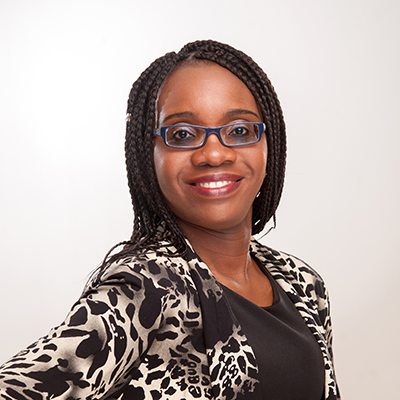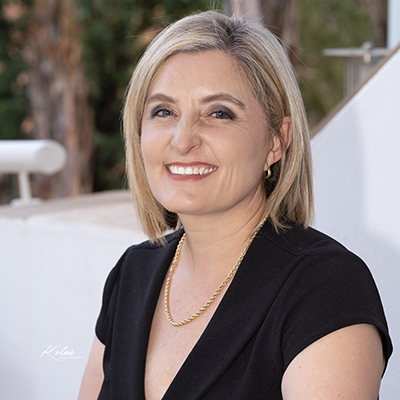Two lecturers in Business Management from the
Faculty of Economic and Management Sciences walked away with the 2019/2020 UFS Excellence in Teaching and Learning Awards in the category Innovation in Student Engagement and Learning.
Dr Ekaete Benedict and Mrs Risna Opperman are also both real-life entrepreneurs who own businesses in and around Bloemfontein, using their practical experience from the business world to supplement the theoretical knowledge they impart to their students.
Success recipe
Lecturing the flagship entrepreneurship module in the
Department of Business Management, the two lecturers use the graduate attributes theory as a starting point, which states that students should learn and develop certain skills, abilities, knowledge, and attitudes during their studies at university.
They then integrate and design their module outcomes, academic activities, and assessments to align with these attributes, ensuring that their students develop the skills that will help them to be better prepared for the work environment and self-employment.

Dr Ekaete Benedict. Photo:Supplied
To enhance learning and engagement, they employ blended learning techniques in the form of face-to-face classes supplemented with online activities via Blackboard.
They also effectively implement experiential learning, inviting real-life entrepreneurs and officials from various small-business development agencies as guest lecturers to communicate and interact with students.
Some of the lessons these industry experts have shared with students are:
How to protect your business ideas; How to access government funding; How to start your business; and How to market your business.
Aims of Excellence in Teaching and Learning Awards
The Excellence in Teaching and Learning awards, hosted by the
Centre for Teaching and Learning (CTL), recognise academics for their innovative learning and teaching practices within different disciplines, as well as the advancement of the scholarship of teaching at the institution.Among its aims are to share best practices, innovative ideas, and research findings in learning and teaching.
 Risna Opperman. Photo:Supplied
Risna Opperman. Photo:Supplied
Value of Entrepreneurship
Both winners are passionately advocating the critical need for entrepreneurship education and training in the South African context.
“In the light of South Africa’s high unemployment rate (over 30%), plus the fact that we have the highest youth unemployment rate in the world (58.2%), there is a big demand for meaningful engagement of young people in productive activities – hence the need for entrepreneurship,” says Benedict.
“As entrepreneurship lecturers, our focus is not just on graduating future employees for the workforce, but to create and develop future employers who can contribute to the economic development of the country,” emphasises Opperman.